Filter data
|
ID |
Nickname |
Country / City |
Languages |
Taxonomies |
Comment |
Project / Group |
Map |
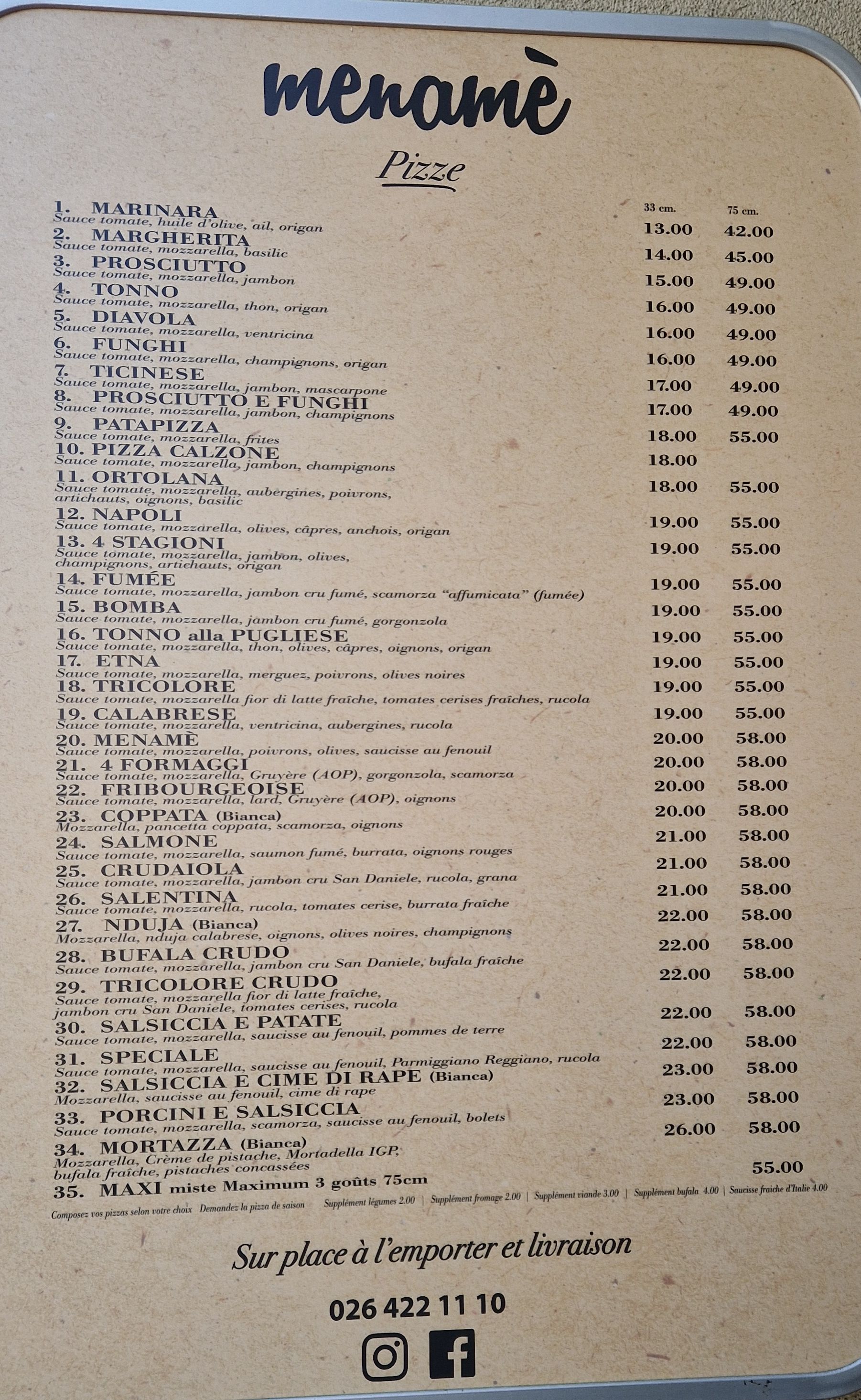
|
145641
|
Xenia R.
|
Switzerland
Fribourg
|
|
|
—
|
Freiburg/Fribourg2025
|
|
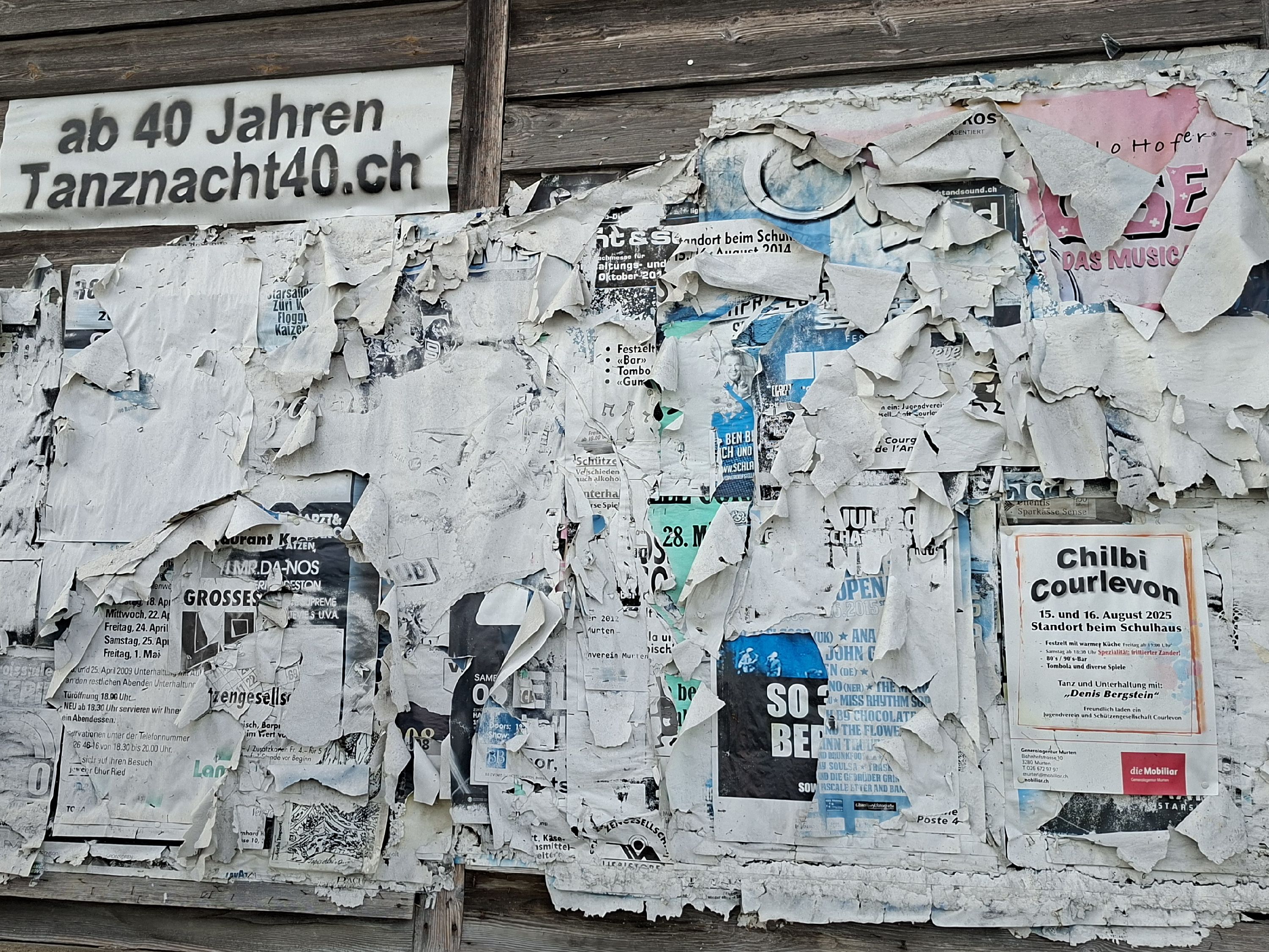
|
145897
|
Laurent
|
Switzerland
Cressier
|
|
|
—
|
Freiburg/Fribourg2025
|
|
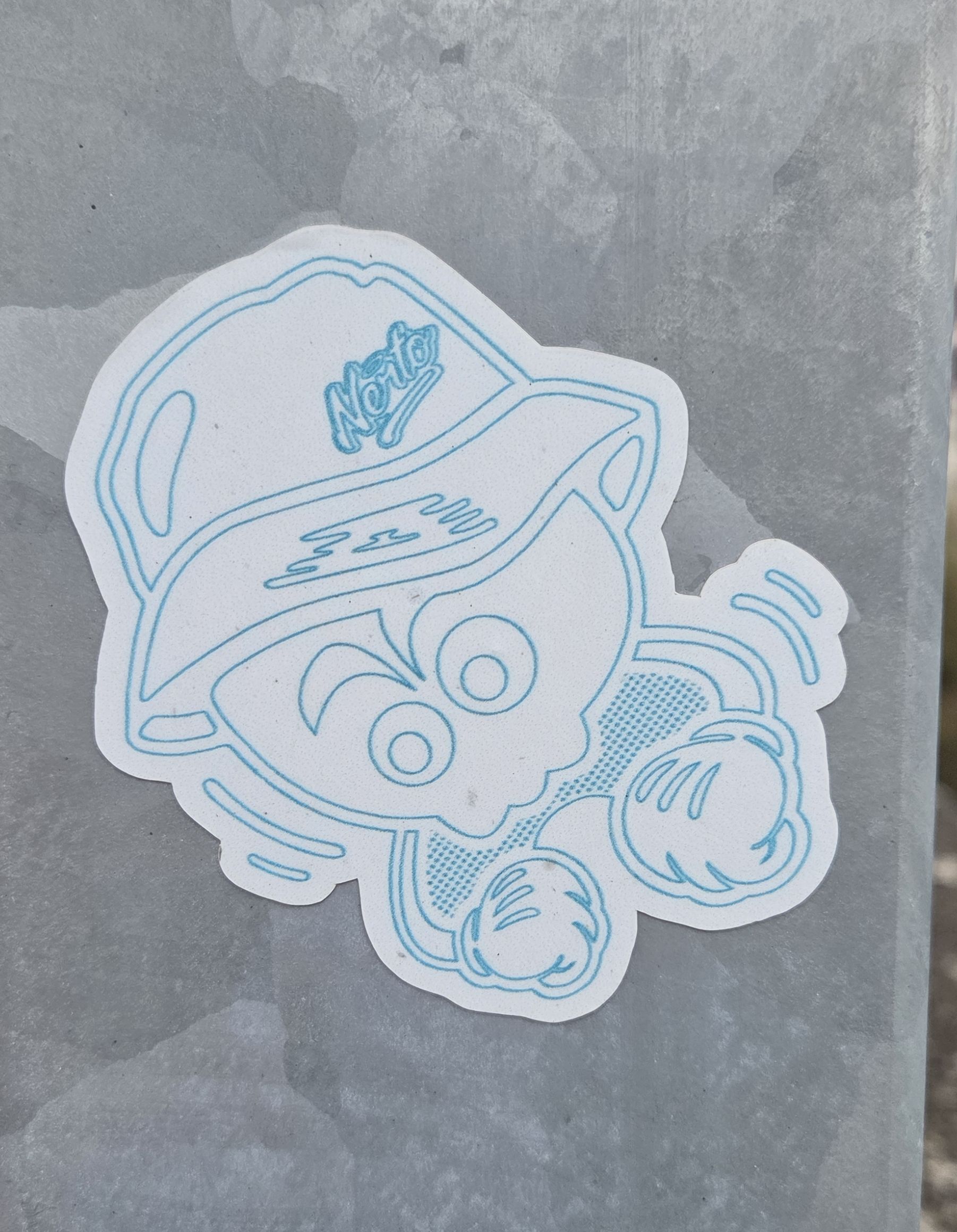
|
148713
|
MSchiegg
|
Switzerland
Fribourg
|
|
|
—
|
Freiburg/Fribourg2025
|
|
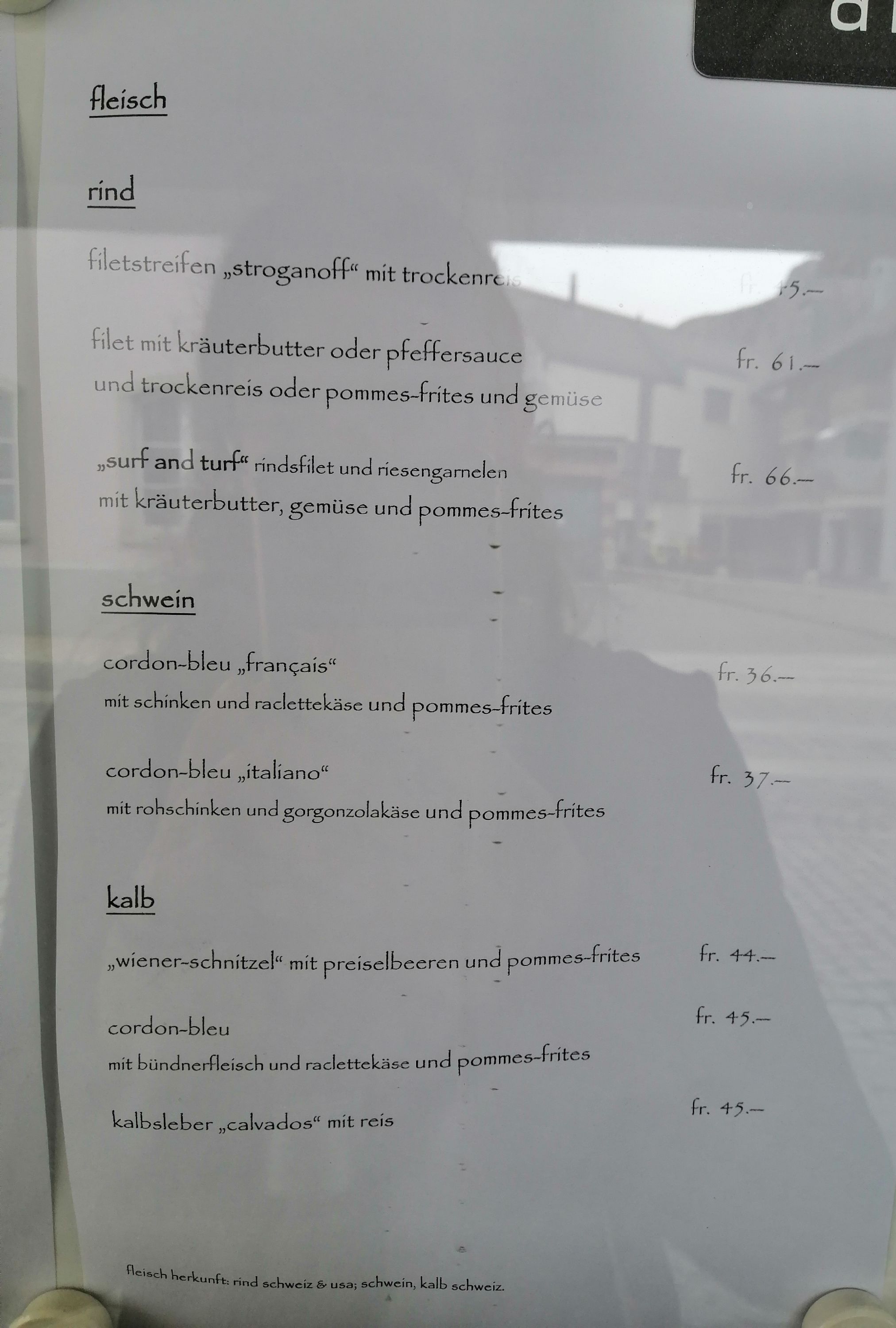
|
27369
|
|
Switzerland
Andermatt
|
|
|
—
|
BA Linguistic Landscape
|
|
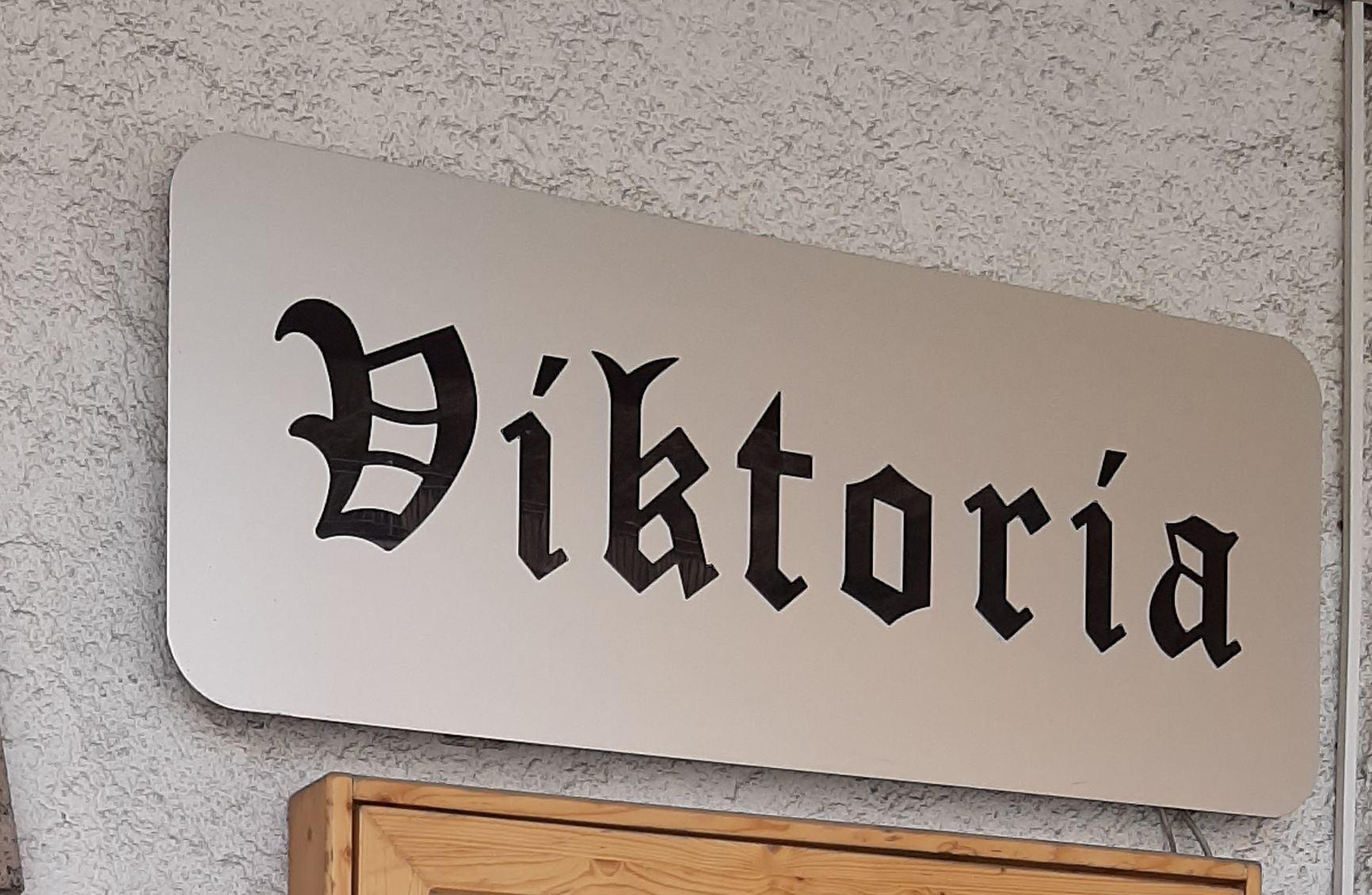
|
27625
|
|
Switzerland
Zermatt
|
|
|
—
|
BA Linguistic Landscape
|
|

|
27881
|
|
Switzerland
Lauterbrunnen
|
|
|
—
|
BA Linguistic Landscape
|
|
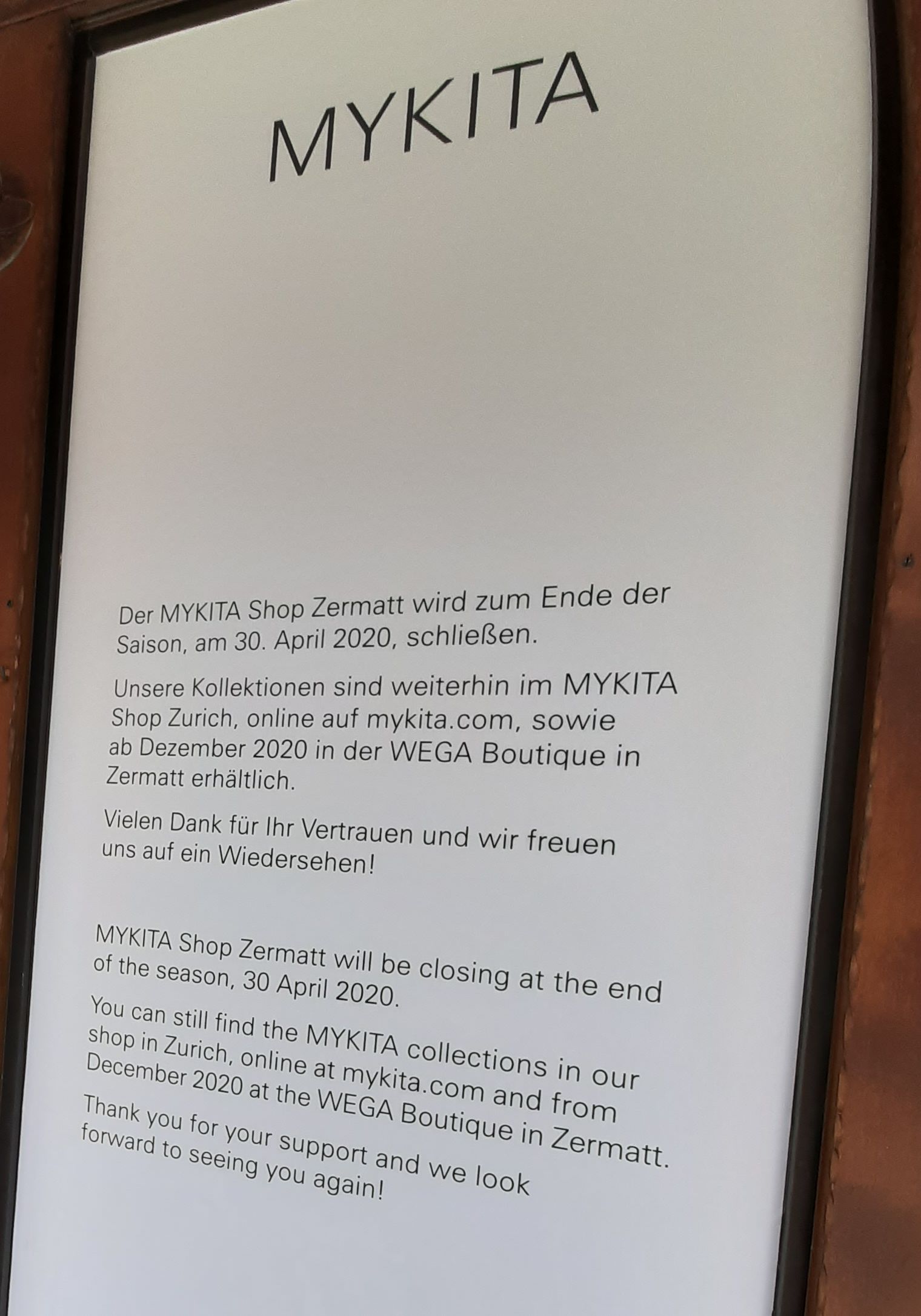
|
28137
|
|
Switzerland
Zermatt
|
|
|
—
|
BA Linguistic Landscape
|
|

|
28393
|
|
Switzerland
Zermatt
|
|
|
—
|
BA Linguistic Landscape
|
|
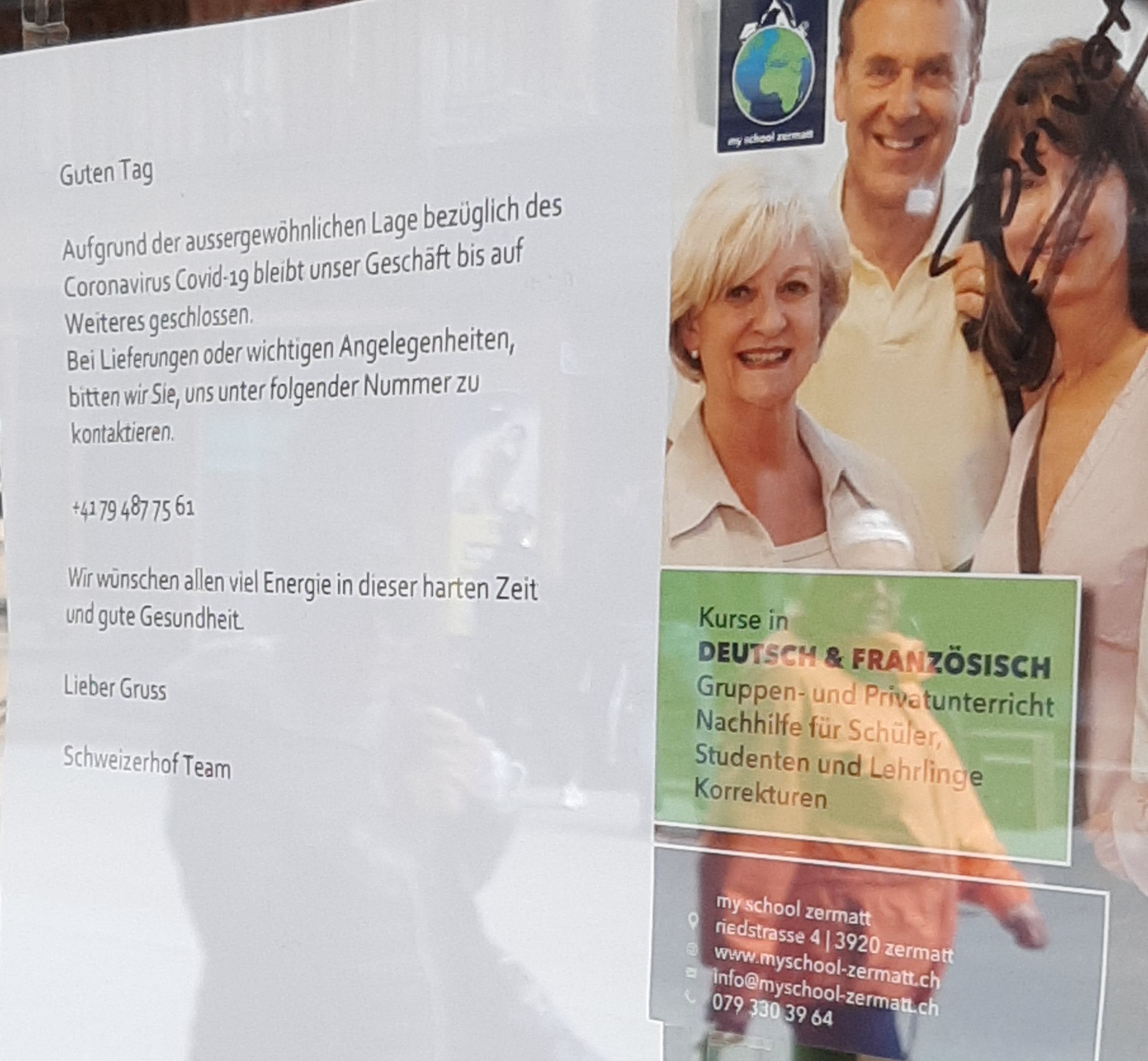
|
29161
|
|
Switzerland
Zermatt
|
|
|
—
|
BA Linguistic Landscape
|
|
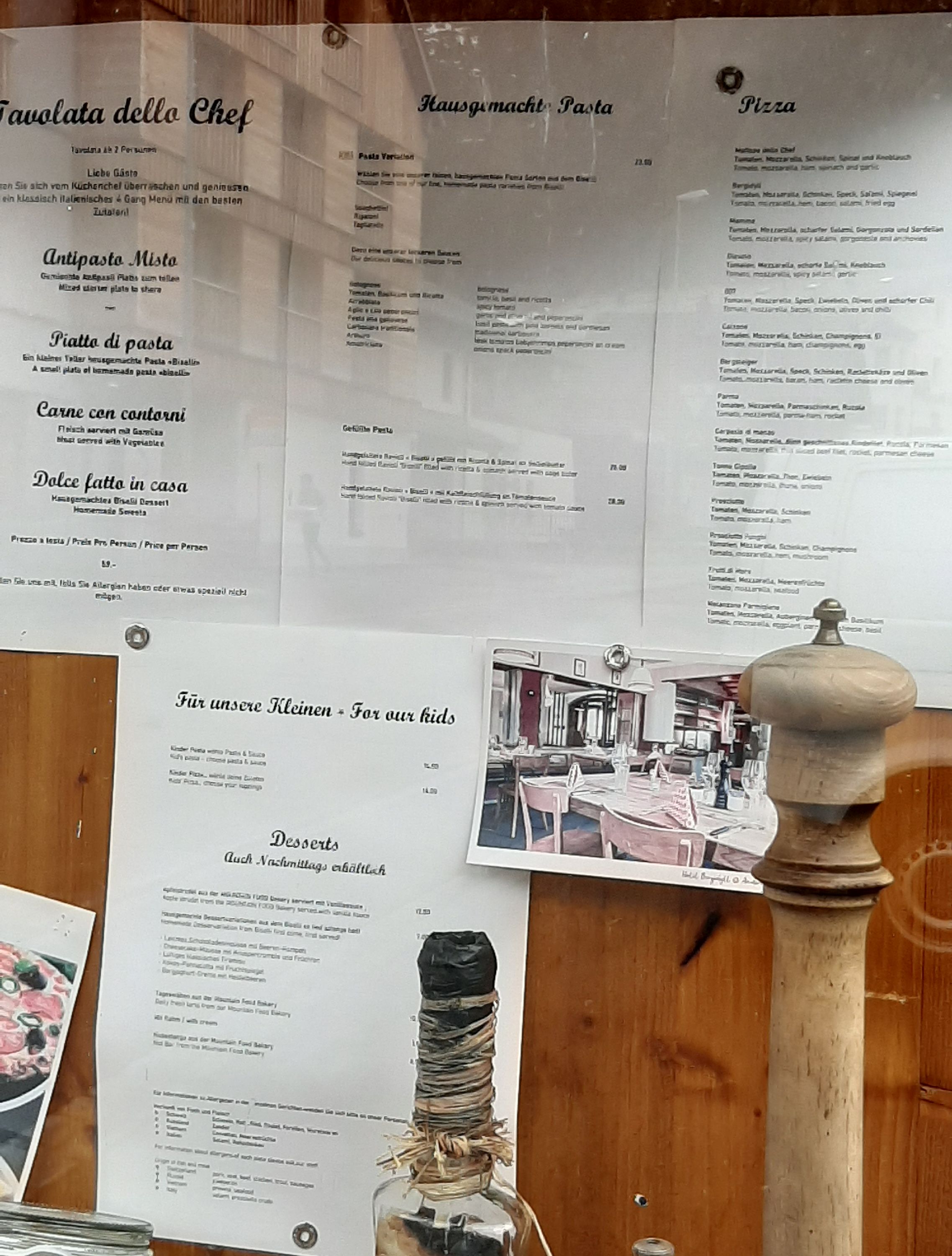
|
29929
|
|
Switzerland
Andermatt
|
|
|
—
|
BA Linguistic Landscape
|
|

|
30441
|
|
Switzerland
Lauterbrunnen
|
|
|
—
|
BA Linguistic Landscape
|
|

|
35817
|
|
Switzerland
Biel
|
|
|
Ö
|
LLBiel1
|
|
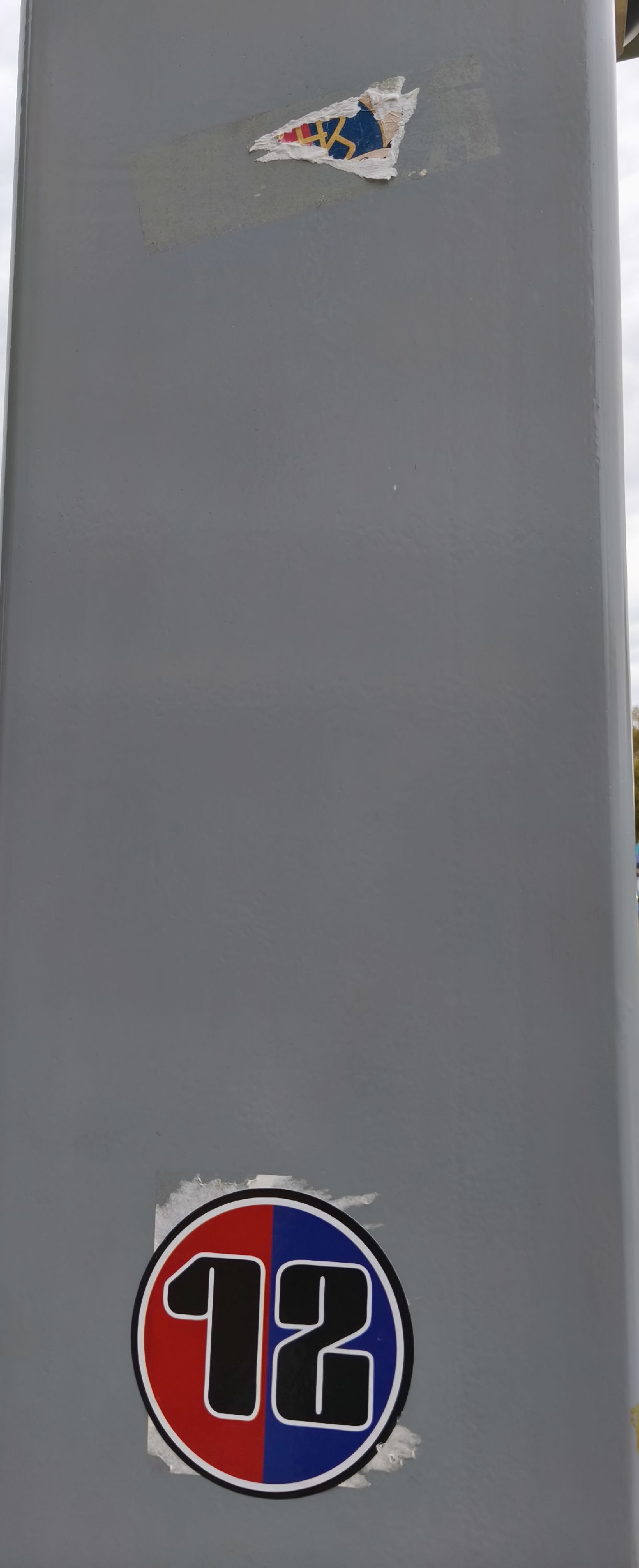
|
138218
|
Ying_Phan
|
Switzerland
Basel
|
|
|
FC Basel
YP
|
|
|
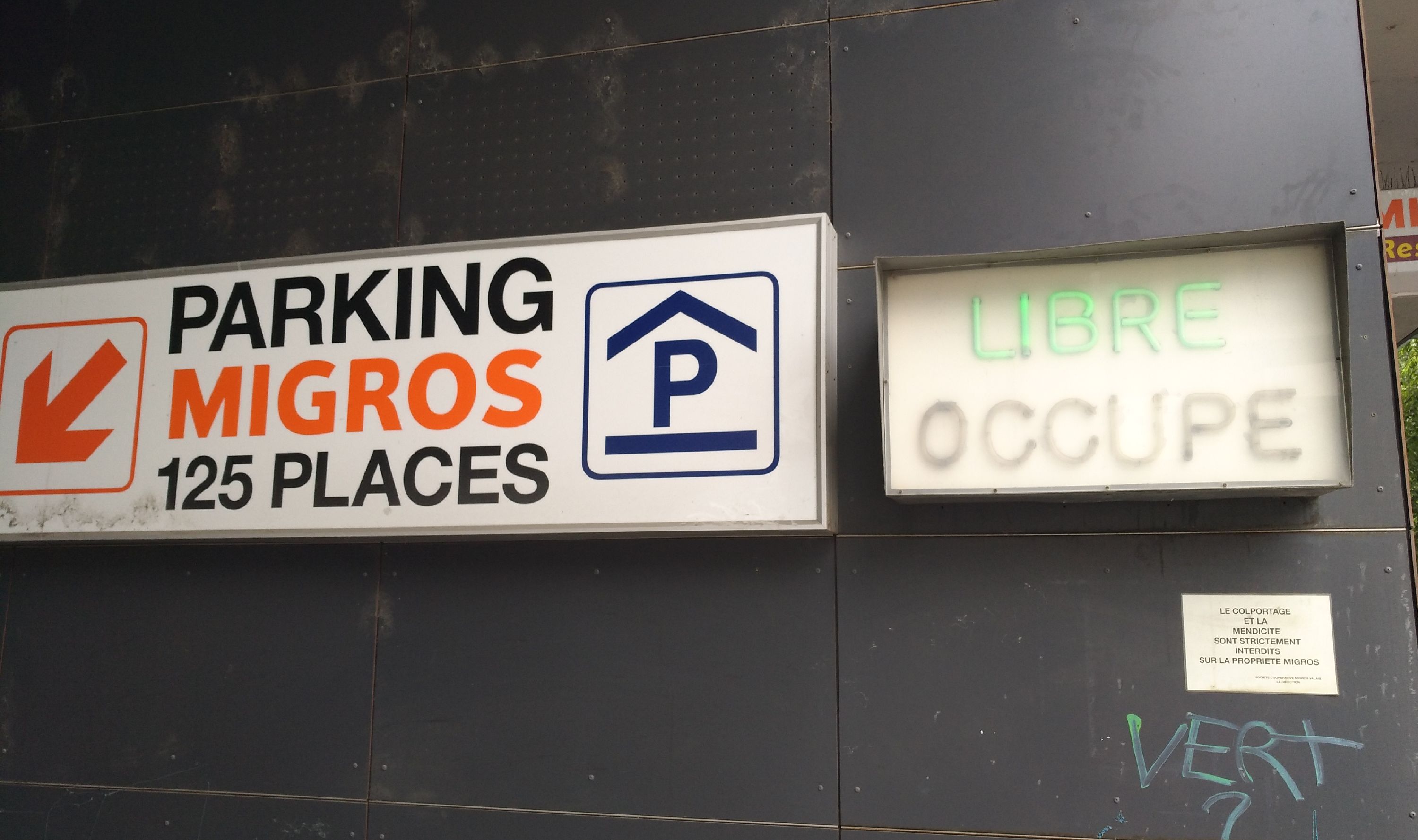
|
7658
|
|
Switzerland
Sierre
|
|
|
—
|
|
|
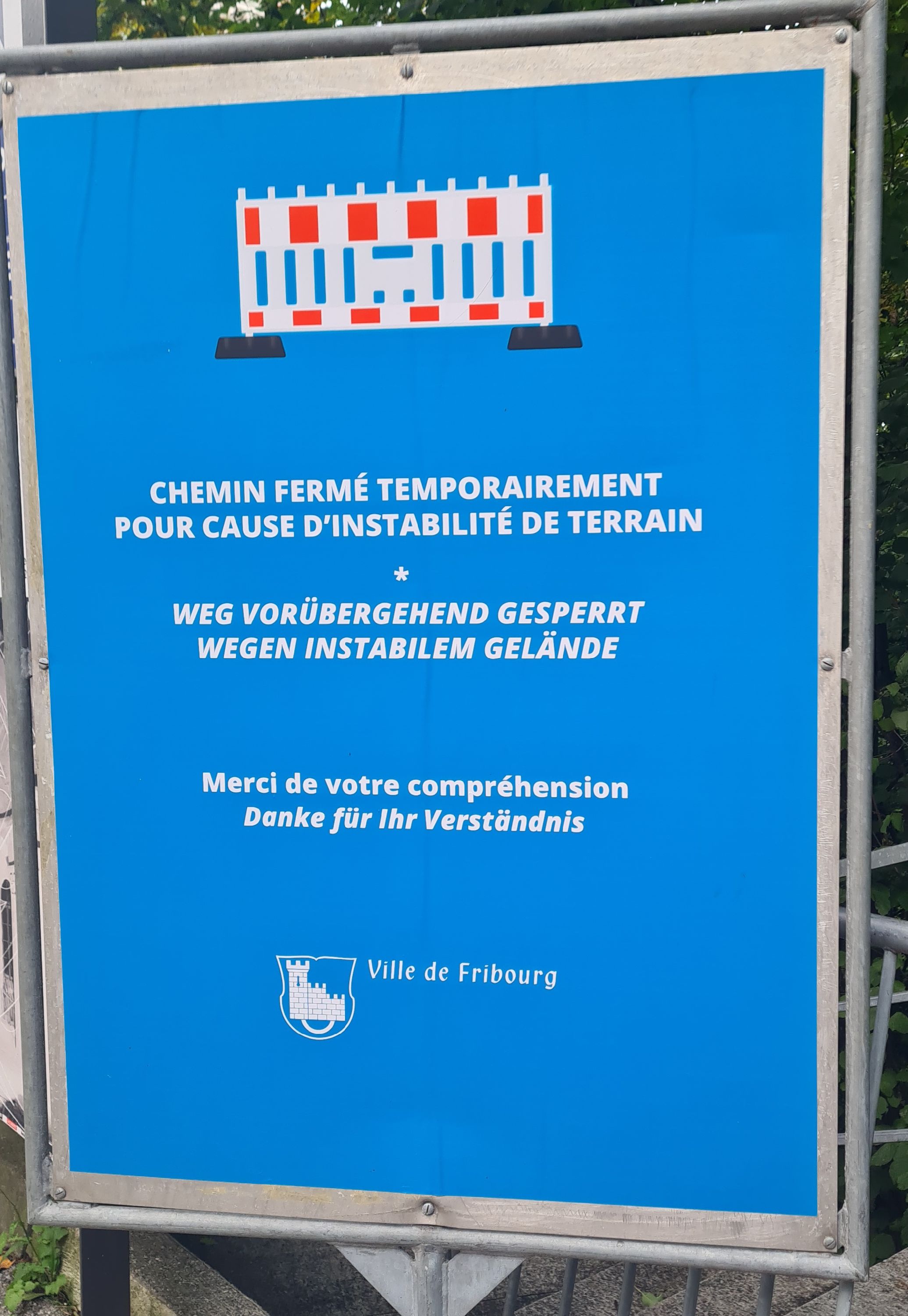
|
139754
|
L-U.K
|
Switzerland
Freiburg
|
|
|
—
|
Freiburg/Fribourg2025
|
|
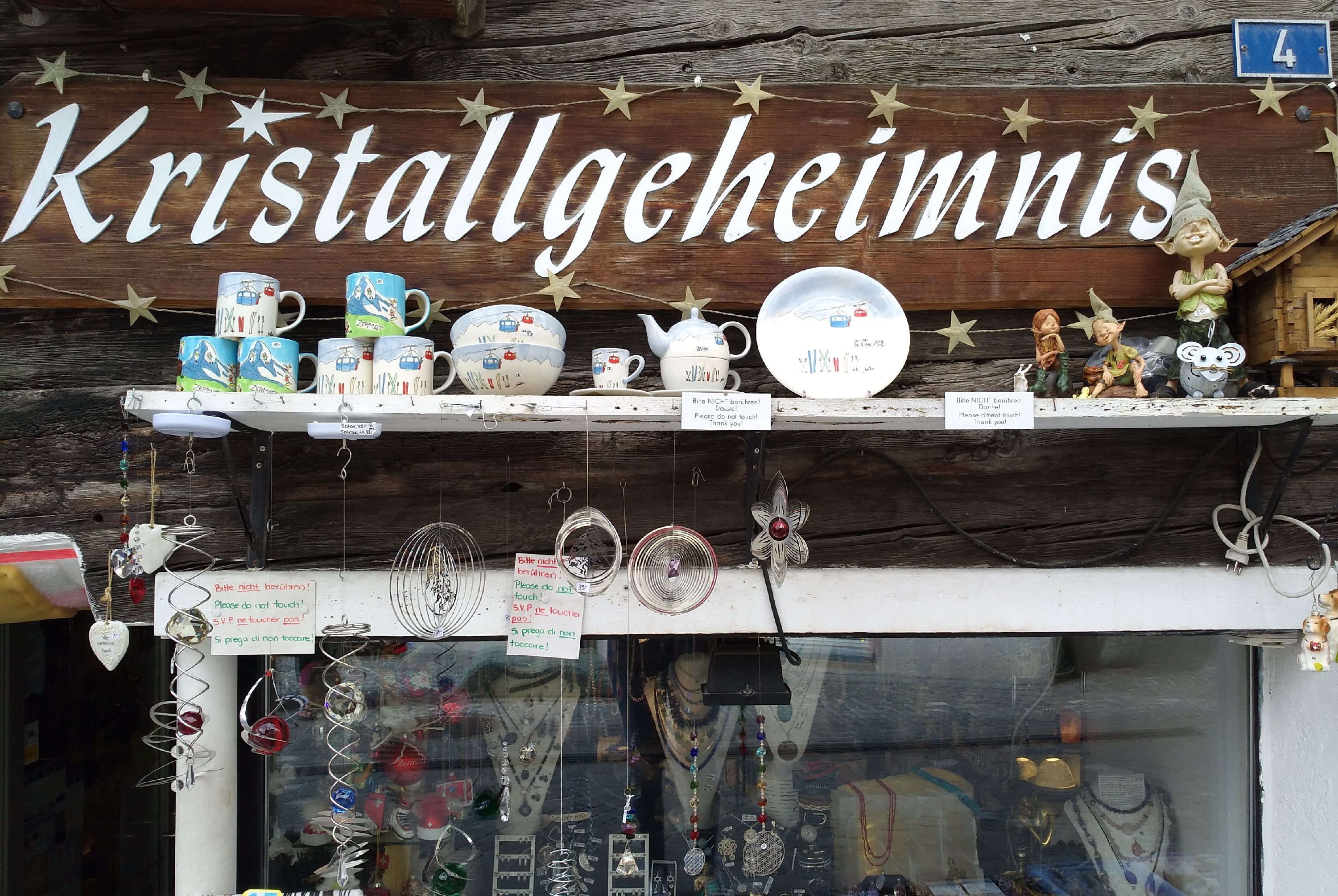
|
9194
|
|
Switzerland
Zermatt
|
|
|
—
|
MA1.0
|
|
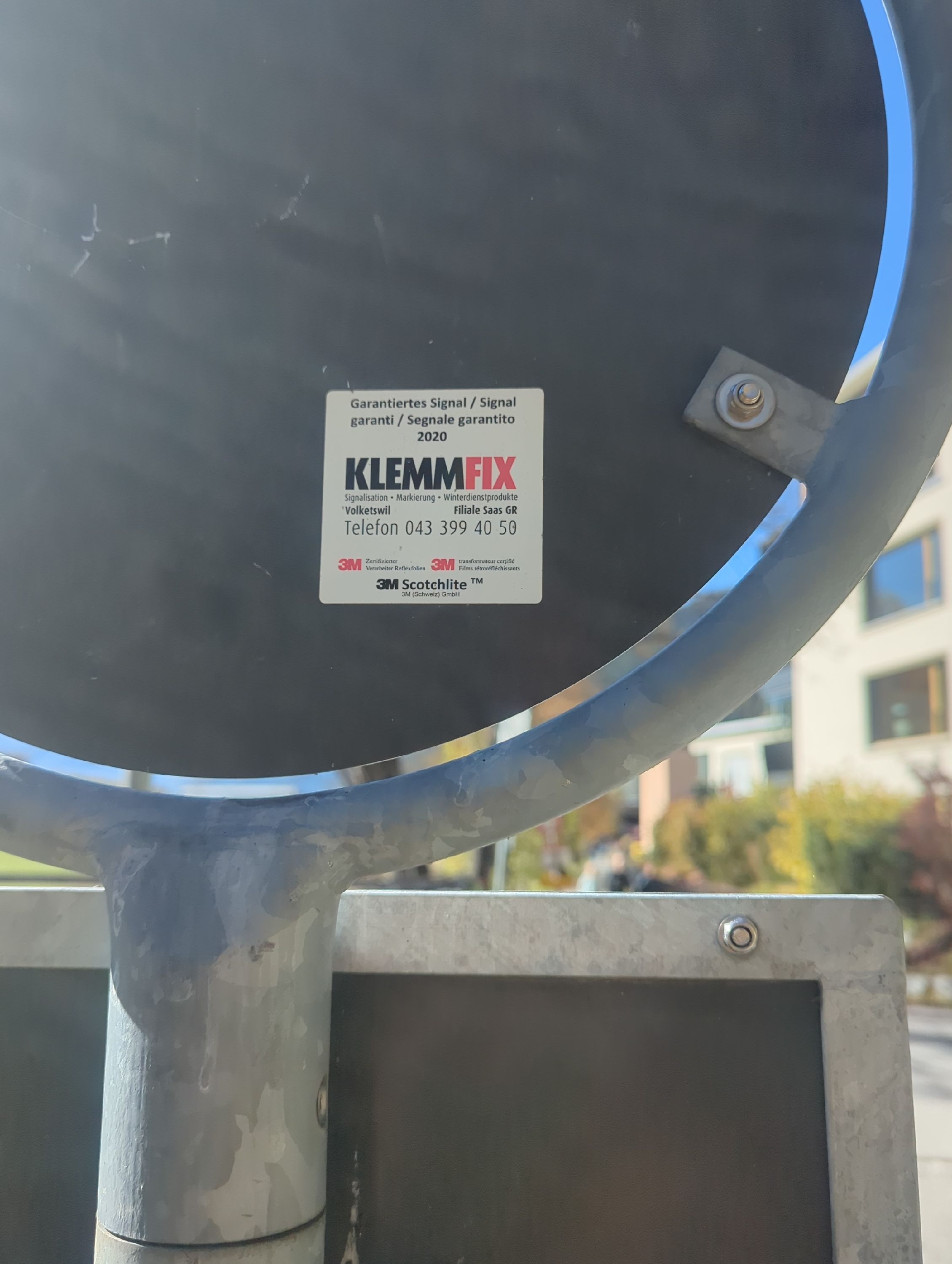
|
141290
|
fabian.rodriguez
|
Switzerland
Davos Platz
|
|
|
back of a sing
|
|
|
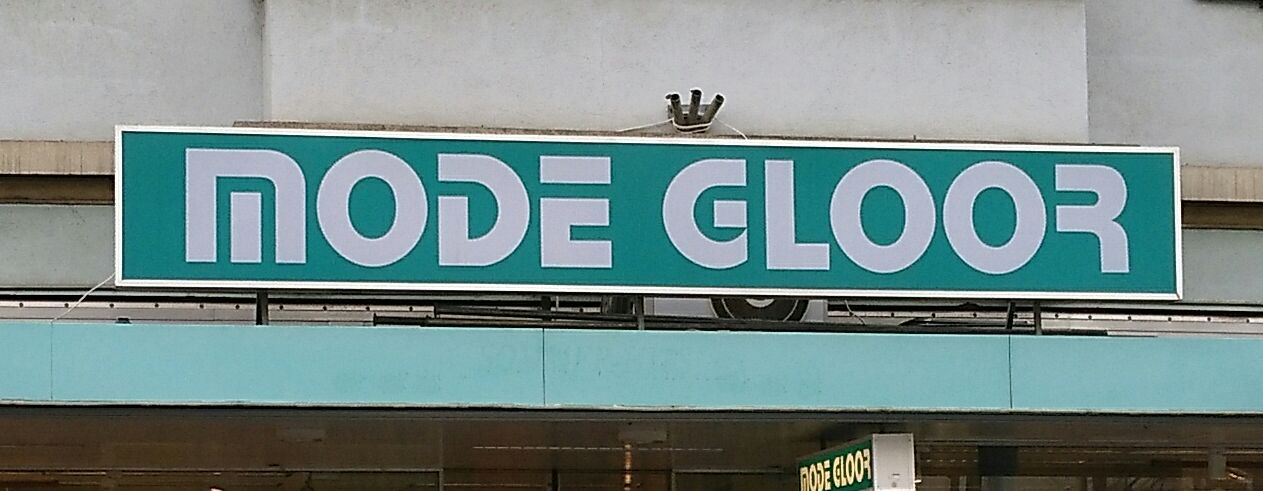
|
12522
|
|
Switzerland
Brugg
|
|
|
—
|
|
|
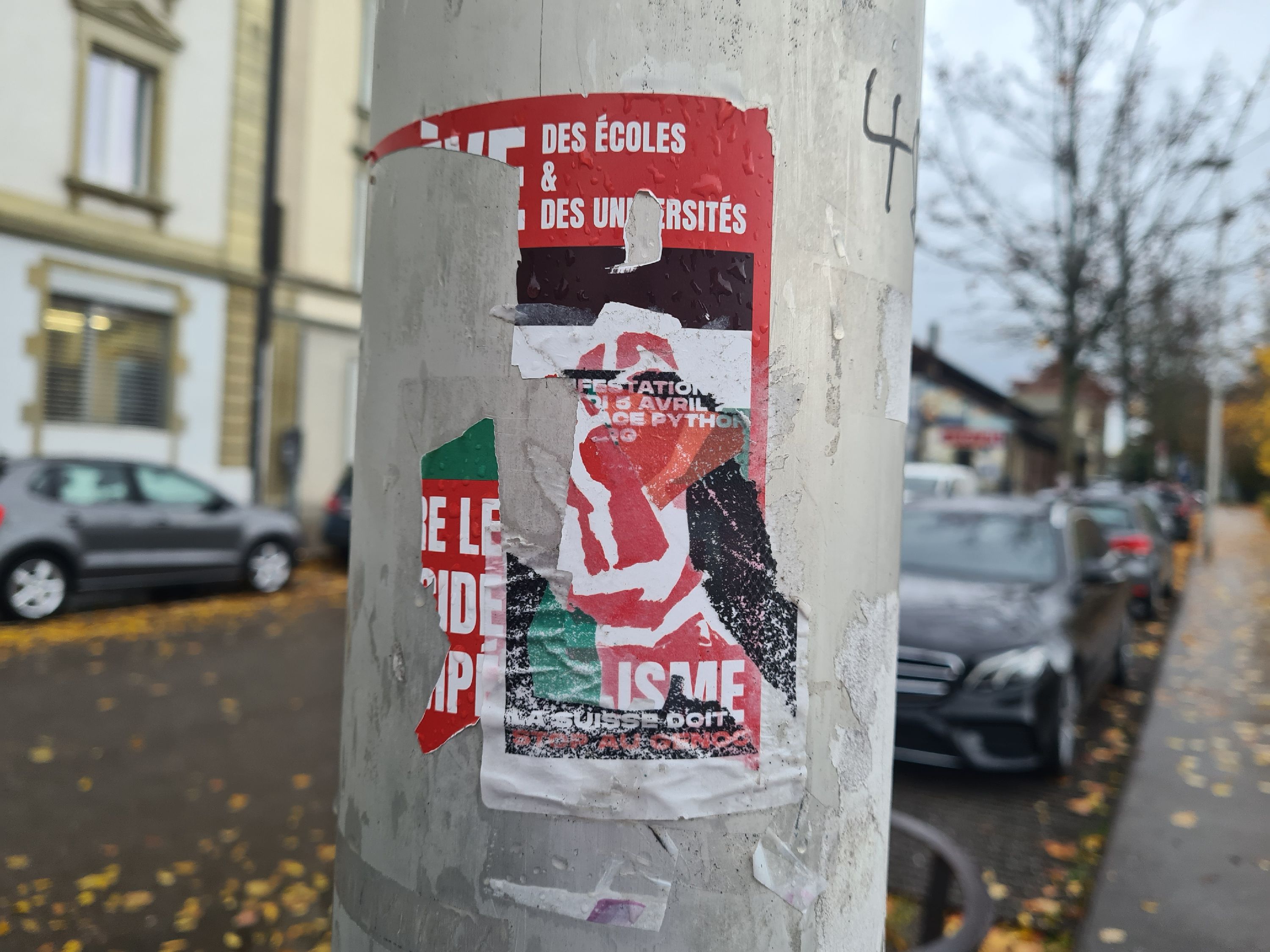
|
143594
|
L-U.K
|
Switzerland
Fribourg
|
|
|
—
|
Freiburg/Fribourg2025
|
|
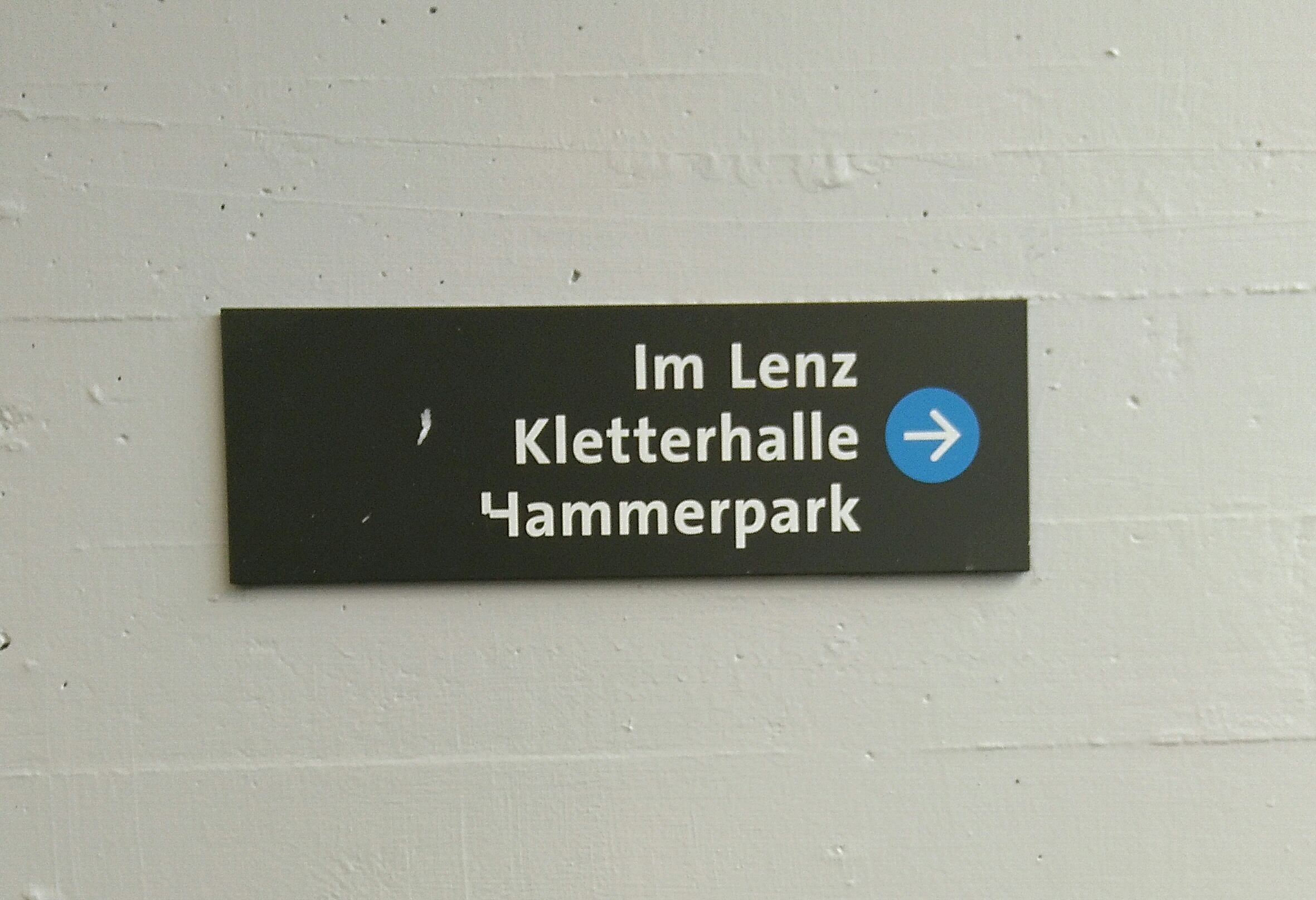
|
12778
|
|
Switzerland
Lenzburg
|
|
|
—
|
|
|